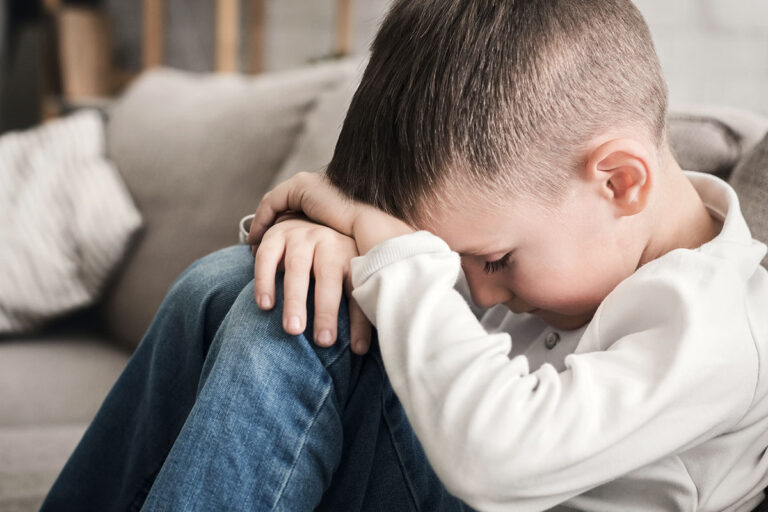
Depression and Mood Disorders
Mood disorder is a broad term that’s used to include all the different types of depression and bipolar disorder, both of which have serious effects on mood. A person with a mood disorder may experience a range of moods from extremely low (i.e., depressed) to extremely high or irritable (i.e., manic). Depression, in particular, is one of the most common mental disorders in the United States.
Approximately one in every four individuals will experience a depressive episode at some point in their life. Research suggests that depression is caused by a combination of genetic, biological, environmental, and psychological factors.
Types of mood disorders:
(1) Major depressive disorder (or major depression/clinical depression) is extreme sadness or apathy, hopelessness, and fatigue that last for two weeks or more. If you have been experiencing some of the following signs and symptoms most of the day, nearly every day, for at least two weeks, you may be suffering from depression:
- Persistent sad, anxious, or “empty” mood
- Loss of interest or pleasure in hobbies and activities
- Feelings of hopelessness or pessimism
- Irritability
- Feelings of worthlessness or inappropriate guilt
- Decreased energy or fatigue
- Psychomotor agitation or retardation (i.e., moving or talking more slowly than usual)
- Feeling restless or having trouble sitting still
- Difficulty concentrating, remembering, or making decisions
- Difficulty sleeping, early-morning awakening, or oversleeping
- Appetite and/or weight changes
- Recurrent thoughts of death or suicide.
(2) Persistent depressive disorder (also called dysthymia) is a depressed mood that lasts for at least two years. A person diagnosed with persistent depressive disorder may have episodes of major depression along with periods of less severe symptoms, but symptoms must last for two years to be considered persistent depressive disorder.
(3) Postpartum depression is much more serious than the “baby blues” (i.e., relatively mild depressive and anxiety symptoms that typically clear within two weeks after delivery) that many women experience after giving birth. The feelings of extreme sadness, anxiety, and exhaustion that accompany postpartum depression may make it difficult for these new mothers to complete daily care activities for themselves and/or for their babies.
(4) Premenstrual dysphoric disorder: This diagnosis is based on the presence of specific symptoms in the week before the onset of menstruation followed by the resolution of these symptoms after onset. The symptoms must include one or more of the following: mood swings, irritability or anger, depressed mood/ hopelessness, and anxiety/tension, as well as one or more of an additional seven symptoms, with a total of at least five symptoms.
(5) Psychotic depression occurs when a person has severe depression plus some form of psychosis, such as having disturbing false fixed beliefs (delusions) or hearing or seeing upsetting things that others cannot hear or see (hallucinations). The psychotic symptoms typically have a “depressive theme,” such as delusions of guilt, poverty, or illness.
(6) Seasonal affective disorder is characterized by the onset of depression during the winter months, when there is less natural sunlight. This type of depression is typically accompanied by social withdrawal, increased sleep, and weight gain, and it lifts during spring and summer.
(7) Disruptive mood dysregulation disorder: This depressive disorder was added to the DSM-5 for children up to 18 years of age who exhibit persistent irritability and frequent episodes of extreme behavioral dyscontrol. It is characterized by severe recurrent temper outbursts manifested verbally (e.g., verbal rages) and/or behaviorally (e.g., physical aggression toward people or property) that occur without significant provocation.
(8) Bipolar disorder is different from depression, but it is included in this list is because someone with bipolar disorder experiences episodes of extremely low moods that meet the criteria for major depression (called “bipolar depression”). However, a person with bipolar disorder also experiences extreme high – euphoric or irritable – moods called “mania” or a less severe form called “hypomania.”
Depression can happen at any age. However, children and adolescents often present with more prominent irritability than low mood. Many chronic mood and anxiety disorders in adults begin as high levels of anxiety in children.
We invite you to review the services that Upcounty Neuropsychology offers and to feel free to call us or contact us online for more information or to request an appointment

